This is how an agent from Murmansk built a network in Northern Norway
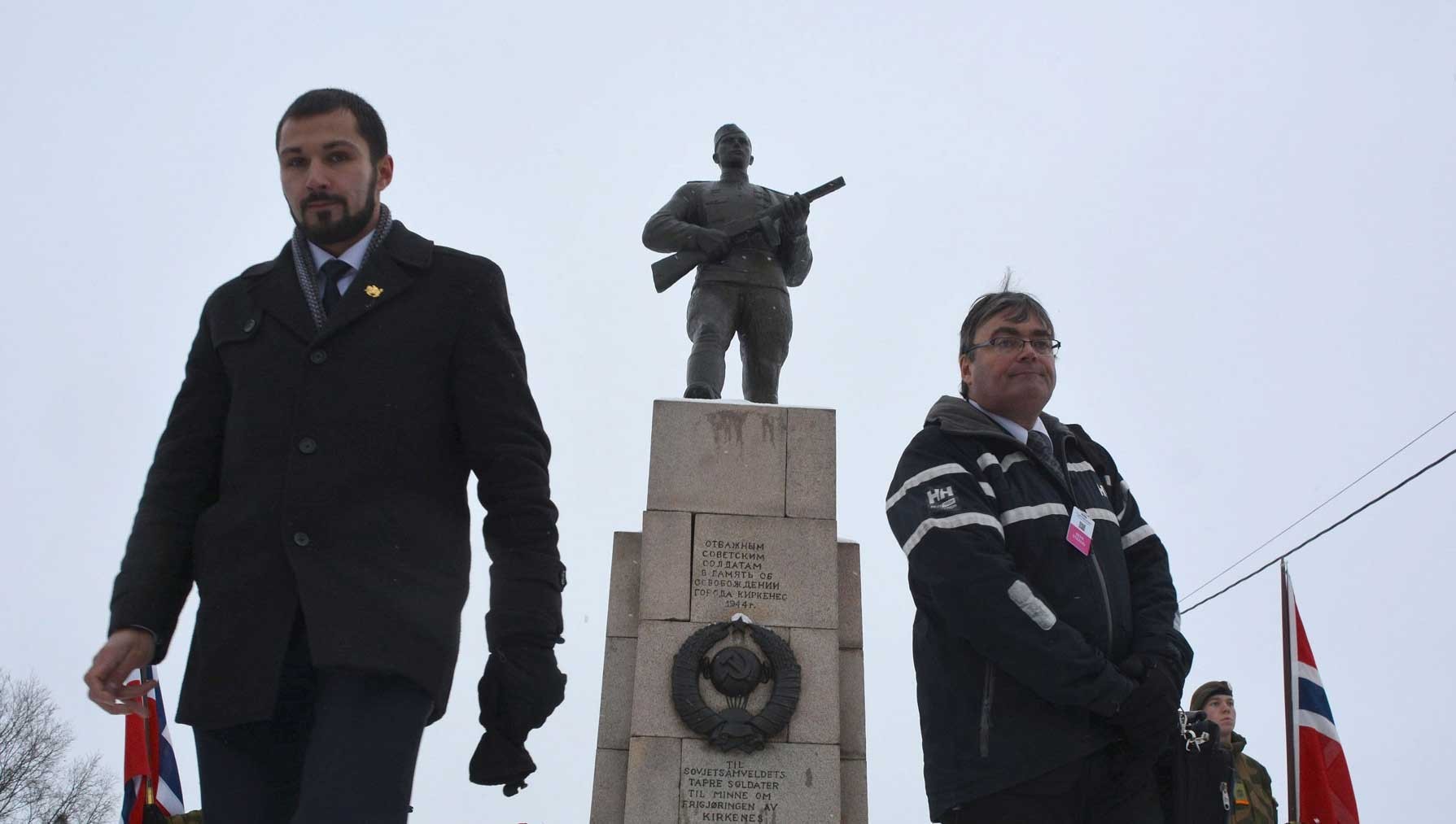
Sergei Goncharov and the Russian Geographical Society over several years cultivated a web of partners in neighbouring Norway. Today, he is unwilling to answer questions about covert recruitment of spies and mapping of Russian exiles in Norway.
Fears are growing in Europe as Russian intelligence step up mapping of critical infrastructure with the aim of plotting acts of sabotage. Influence operations, espionage and hacking that can be traced back to the Kremlin have added to the awareness.
Of particular concern for Norway is Russia’s interest in surveillance of border areas, northern military installations, as well as subsea pipelines and cables along the coast.
Following the recent expulsion of about 500 Russian diplomats from European countries, Moscow has increasingly applied alternative ways to gather human intelligence. Traveling agents with false identities can still enter the countries, like via Norway’s still open border-crossing point at Storskog. And additional efforts have been made to recruit Russians in exile.
The Barents Observer can now tell the story about a man from Murmansk that suddenly stopped visiting Norway after RFL/RL’s Russian investigative unit Systema spotlighted how the Kremlin used the Russian Geographical Society to recruit spies.
Playbook
With support from the Norwegian Barents Secretariat, Sergei Goncharov traveled across northern Norway together with Norwegian project partners. He argued that the Second World War and the “fight against Fascism” had brought people in Russia and northern Norway together in a unique common history.
“We find this history to be very important, systematically important, for people in the north, for people in the Kola Peninsula [and] it is even an example of how people of Western culture and Russian and Soviet culture can join forces to achieve some very important tasks,” he said in a lecture held for a group of students in Murmansk in 2022. In the presentation that was video streamed, Goncharov described how the Russian Geographical Society since early 2016 had run a project on war memorials and partisan history in the Russian-Norwegian borderlands.
The project was supported by the Barents Secretariat, a Norwegian government grant organisation based in the border town of Kirkenes.
The 34 year Russian official was born in Murmansk and graduated from the Moscow International Institute of Economics, Politics and Law in 2012. Today, he not only holds the post as Deputy Head of the Russian Geographical Society in Murmansk. He also serves as adviser on international relations and cross-border cooperation for Murmansk Governor Andrei Chibis. When appointed in 2021, Chibis praised his new adviser’s experiences and underlined that he would be an important contributor to the region’s involvement in international Arctic cooperation. He also explained that Goncharov’s key task would be to promote regional interests in international events and “interact with our specialised structures.”
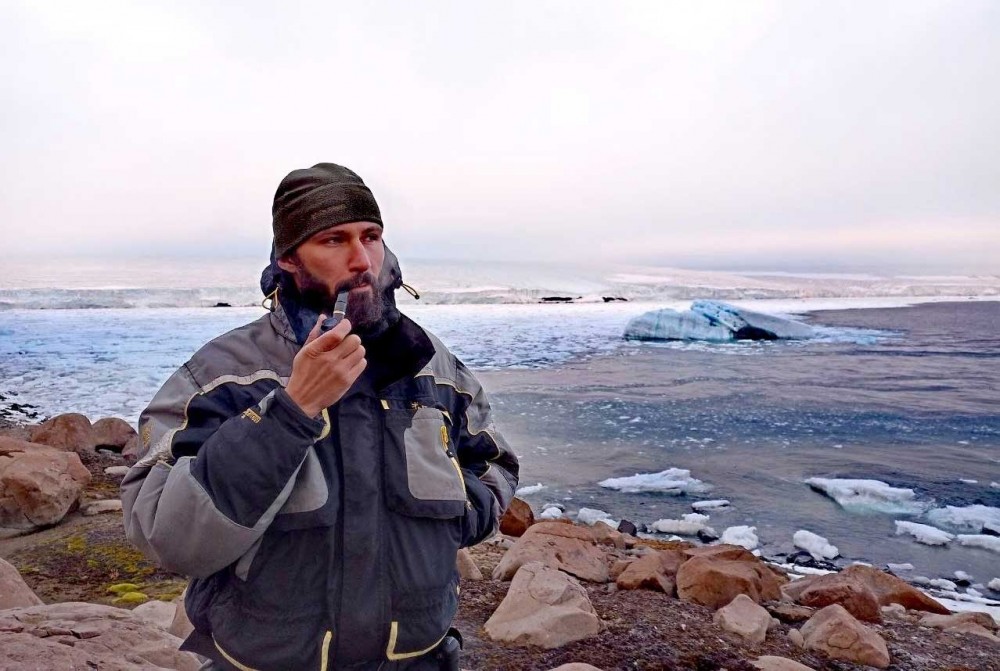
The FSB link
In 2009, Vladimir Putin was appointed head of the Geographical Society’s board and defence minister Sergei Shoigu became president. Close cooperation with the Armed Forces has since been at the core of the Society’s activities.
Numerous joint expeditions with the Northern Fleet were made to Arctic archipelagoes, like Novaya Zemlya and Franz Josef Land. Another leading intelligence chief in the Society’s board was Sergei Ivanov, the Putin ally with background from the KGB in Leningrad and previous Russian defence minister and head of the Security Council.
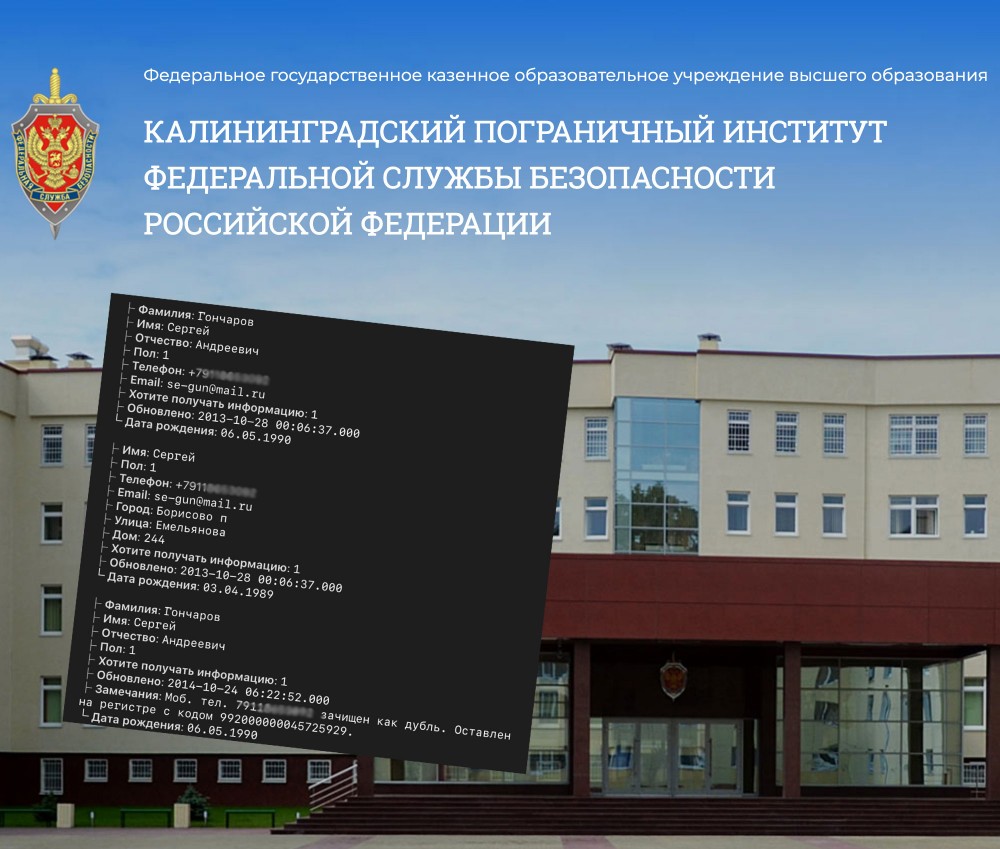
At two occasions, in October 2013 and October 2014, Goncharov registered himself at the address of FSB’s Border Institute in Kaliningrad.
The Barents Observer discovered the link in a leaked database from the Sportmaster store chain. Twice, Goncharov purchased sport products at the store and signed in with his old mobile number and email address.
In addition, he also registered his Kaliningrad street address: Lt Col Yemelyanov Street No. 244.
This is home to the FSB Institute, an organisation that is key partner with the Ministry of Defence. It has a teaching and research staff of more than 160.
The Institute trains intelligence and military special operations units, as well as technical staff for border surveillance.
When establishing in Murmansk the following year, Goncharov’s interests soon included crossing the border to the Nordic countries.
“Barents cooperation”
Goncharov has made many friends in northern Norway. In the process of working with the projects on war history and partisans, he engaged in close cooperation with representatives of Norwegian municipalities, museums, local society groups, and as well as a military veteran organisation. Goncharov frequently came to Finnmark in the years from 2015 to 2020 as co-organizer of the so-called Russian-Norwegian ‘Patriotic Memory tours’ and other 2WW events.
Among the key Norwegian partners was Remi Strand, a local politician and lawyer from the town of Vardø.
A survey from the Norwegian Barents Secretariat shows that Strand and his partners submitted a big number of grant applications, most of them for activities related to war history and the so-called Pomor Festival. In the period 2011-2023, at least 30 applications were submitted, and many of them were granted funding.
Remi Strand was also granted support from the Norwegian Foreign Ministry, as well as the Defence Ministry, for a so-called ‘Partisan Memorial Trip’ together with Russian partners to 2WW sites in the Finnmark and Murmansk regions in 2019.
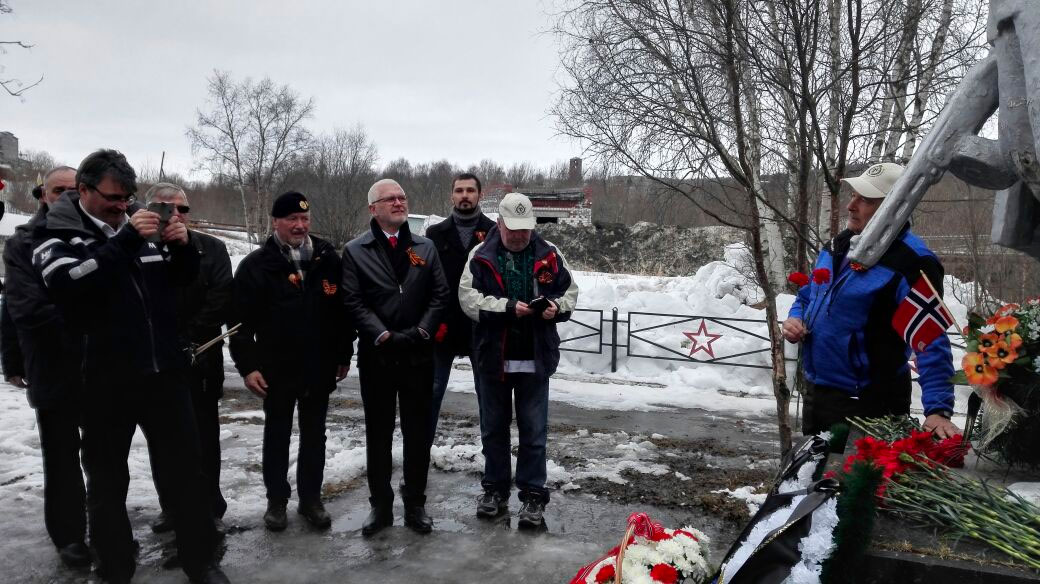
Among Strand’s Russian project partners was not only Sergei Goncharov and the Russian Geographical Society, but also Shchit (“Shield”), the FSB veteran organisation in Murmansk founded by Gennady Gurylev, a regional KGB leader from Soviet times.
Remi Strand confirms to the Barents Observer that he has cooperated closely with Sergei Goncharov.
But he underlines that he is not aware of any connection between Sergei Goncharov and Russian intelligence.
I am not aware of any connection between Sergei Goncharov and Russian intelligence”
– Remi Strand –
According to Strand, he met Goncharov first of all in connection with history seminars, as well as the so-called partisan memorial trips.
“We had dialogue about Norwegian-Russian partisan history, and we in various ways communicated this history to everyone interested in history,” he says in a comment.
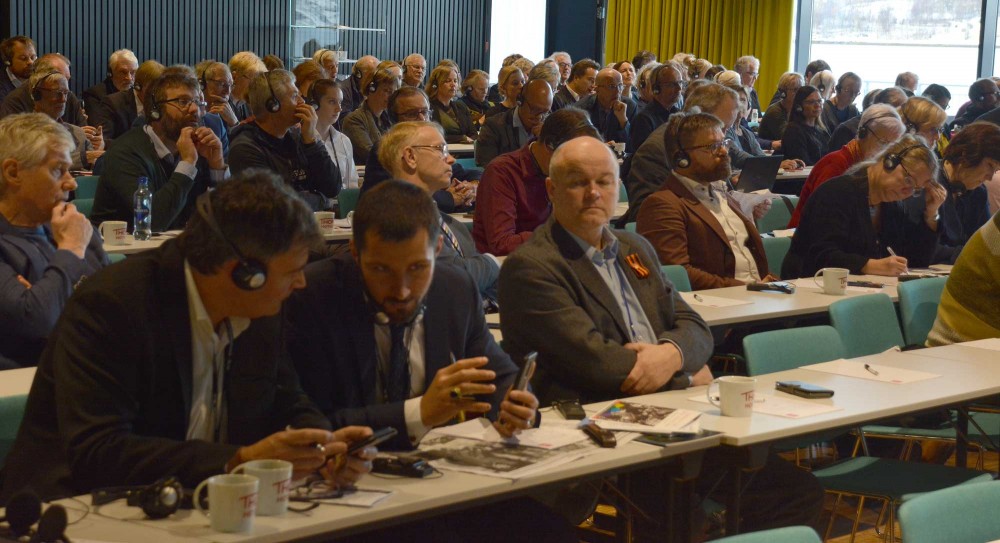
The two men also met beyond the walls of seminar rooms “in order to provide additional information about the Norwegian partisan history that was available on the Russian side of the border.”
Remi Strand underlines that Goncharov has played no role in the Pomor Festivals, but that he was present in an opening ceremony for a new war memorial in Persfjord near Vardø in the summer of 2018.
Vardø
The small town of Vardø on the remote coast of the Barents Sea has been a hub for the remarkable Norwegian-Russian cooperation.
According to Goncharov, Vardø is a “bright symbol of Russian-Norwegian relations,” and it also plays a central role in what the Geographical Society describes as “a new phase in an old friendship.” The representative of the Geographical Society repeatedly traveled to the far northern Norwegian town and was ultimately awarded a silver medal from the local town Mayor for his achievements.
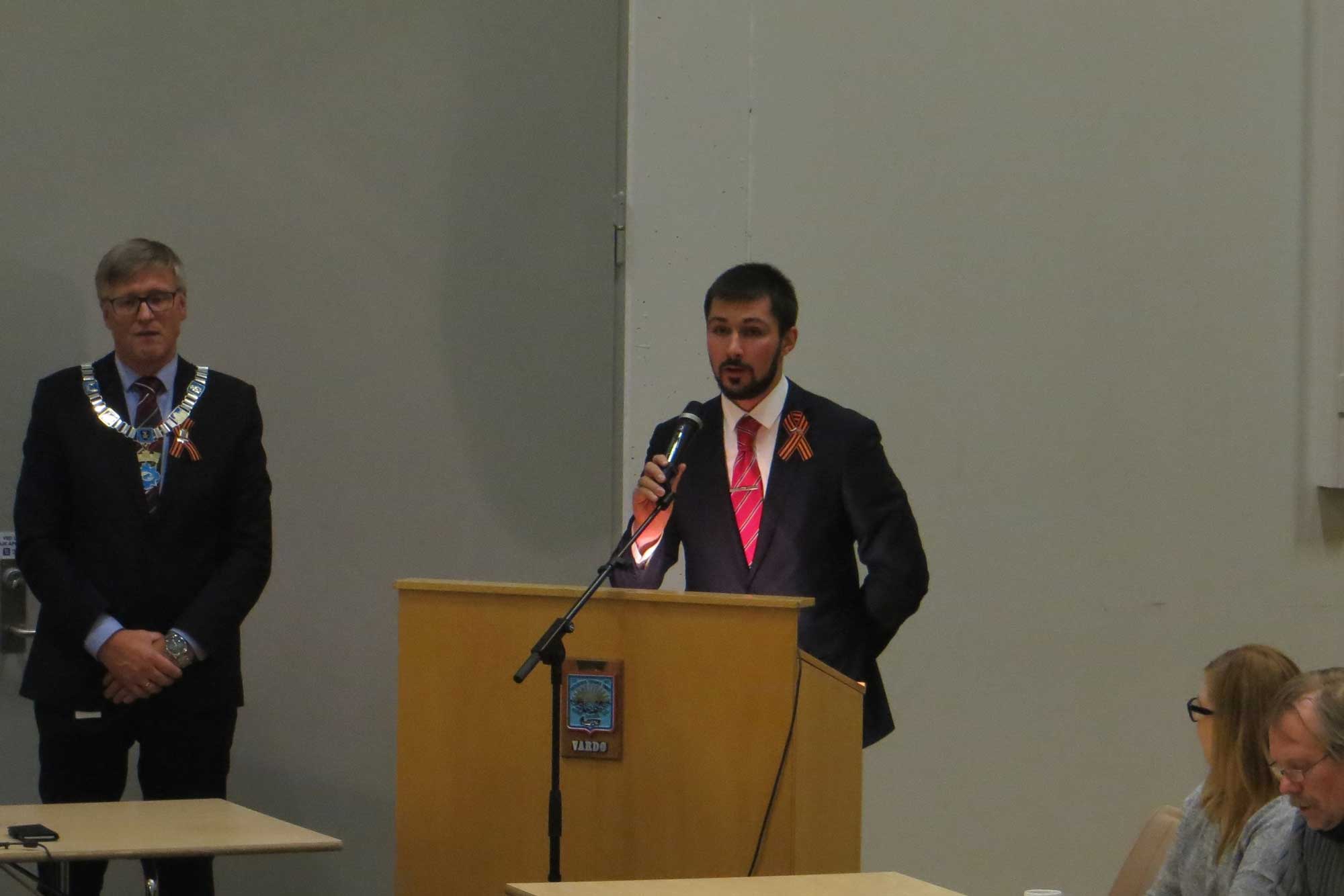
Vardø Mayor Robert Jensen reportedly showed great appreciation of Goncharov’s efforts to “preserve the common historical memories of Russia and Norway about the Second World War.”
“The Norwegian side expressed gratitude for Sergei’s huge contributions to strengthening Russian-Norwegian friendship and development of good neighbourly relations,” the Geographical Society informed.
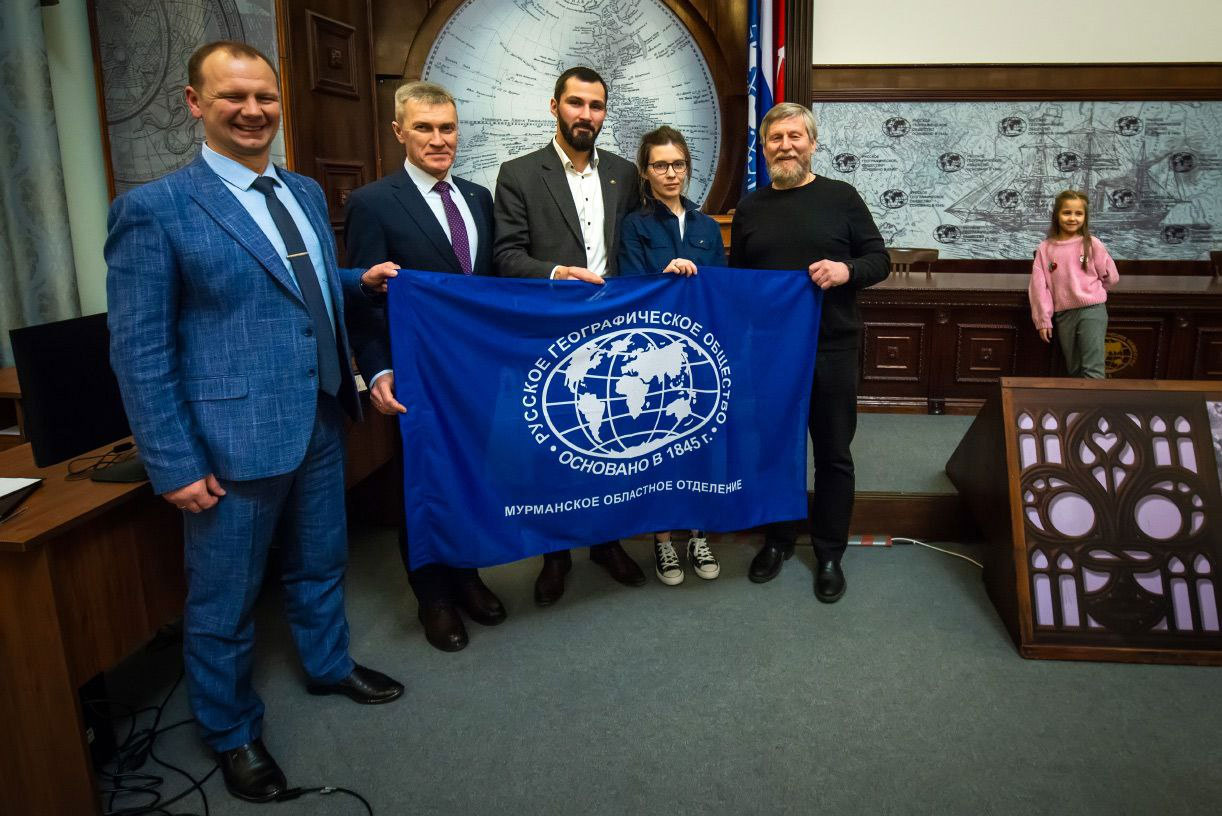
Undercover
The pandemic and Russia’s full-scale attack on Ukraine did not put a stop to the activities of the Russian Geographical Society. Representatives of the organisation continued to visit Norway. Although the purpose of the visits was indeed not always related to historical research and project cooperation.
According to a team with the investigative RFE/RL journalists’ group Systema, two Russian nationals following the start of the full-scale war traveled from Russia to Oslo and reached out to representatives of the local Russian diaspora. The purpose was to recruit spies.
In the interview, published by Current Time, a man approached by the recruiters describes how he was offered more than $1,000 per day for doing intelligence gathering in Alta and Tromsø, two towns in northern Norway. He was also offered participation in conferences and events organised by the Russian Geographical Society in Murmansk or Arkhangelsk.
Among the recruiters was an individual that presented himself as representative of the Russian Geographical Society. According to Systema, the man has worked with “international relations for authorities in northern Russia.” The journalists do not reveal his name, but his voice as recorded in a telephone conversation belongs to Sergei Goncharov.
Several times, the Barents Observer has reached out to Goncharov for comments. We have repeatedly called him on his two mobile numbers without him picking up the phone. He has not replied to our email. He has received and read our questions sent via Telegram, but not responded. When he was contacted via social media VK, he actively blocked the journalist from the Barents Observer.
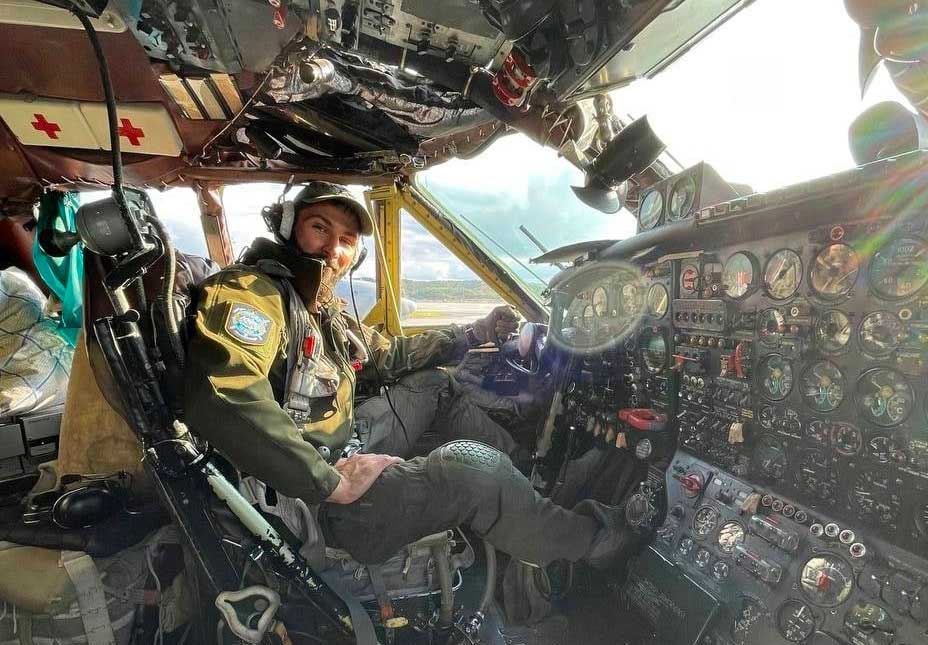
Chechen connections
Among the other friends and partners of Sergei Goncharov is Aslambek Mitaevich Asaev, the leader of the Chechen community in Murmansk and a man with a comprehensive contact network in Norway. Asaev has headed Ramzan Kadyrov’s regional office in the Russian Arctic city since it was opened in 2018.
Asaev is an eager user of Instagram and on several photos he appears together with Sergei Goncharov. In early March 2024, the two men stand together in a meeting room.
“A meeting with friends,” Asaev writes in a comment to the photo. The picture was published following a regional government meeting on so-called inter-ethnic dialogue. In another photo posted the same day, Asaev appears together with Murmansk Governor Andrei Chibis.
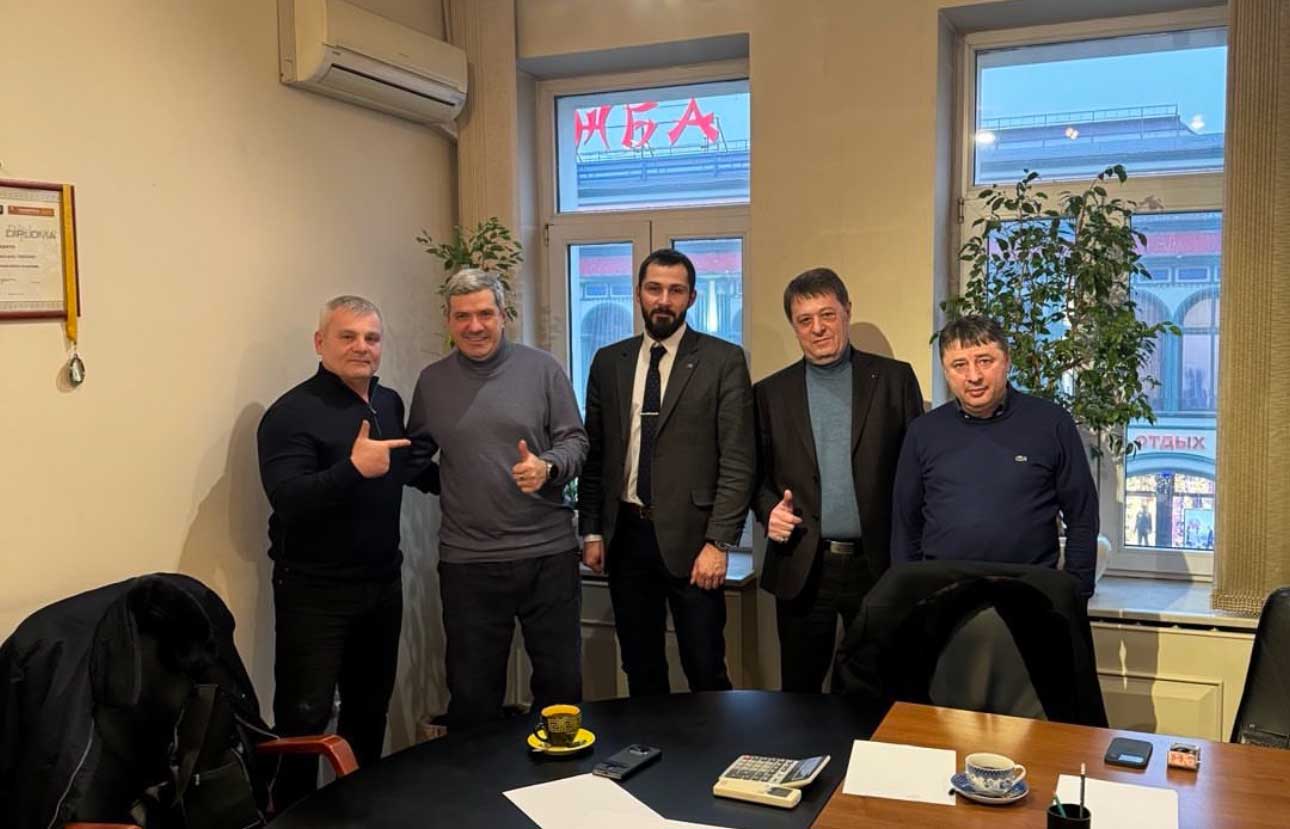
On another photo, Asaev and Goncharov are together at the Russia-Africa summit in St.Petersburg in July 2023. On the photo are also two Africans, among them one in military-style costume. All the men show thumbs up.
It is not clear what was Goncharov’s and Asaev’s mission was at the forum. But it could possibly be related with an exhibition of weapons that was included in the event. Asaev is seen together with African representatives in front of various pieces of weaponry.
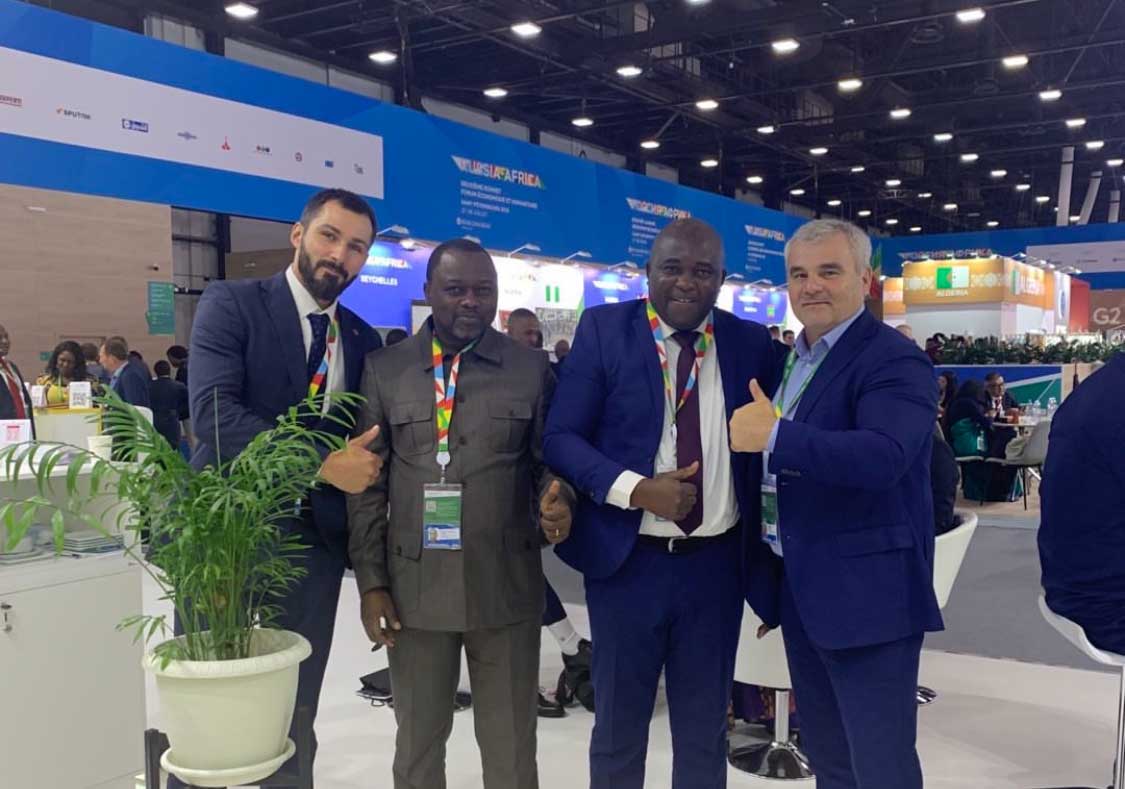
Aslambek Asaev is closely connected with Norway. He has himself lived in the country and his wife and kids are likely to still living there. Instagram photos show the Chechen representative in downtown Oslo, and there are also several photos of his sons taken in the Norwegian capital. One of them is from August 2021 and shows his youngest son meeting with the Norwegian Crone Prince during the latter’s visit to a youth center in Oslo. A similar photo is published on the website of the royal family.
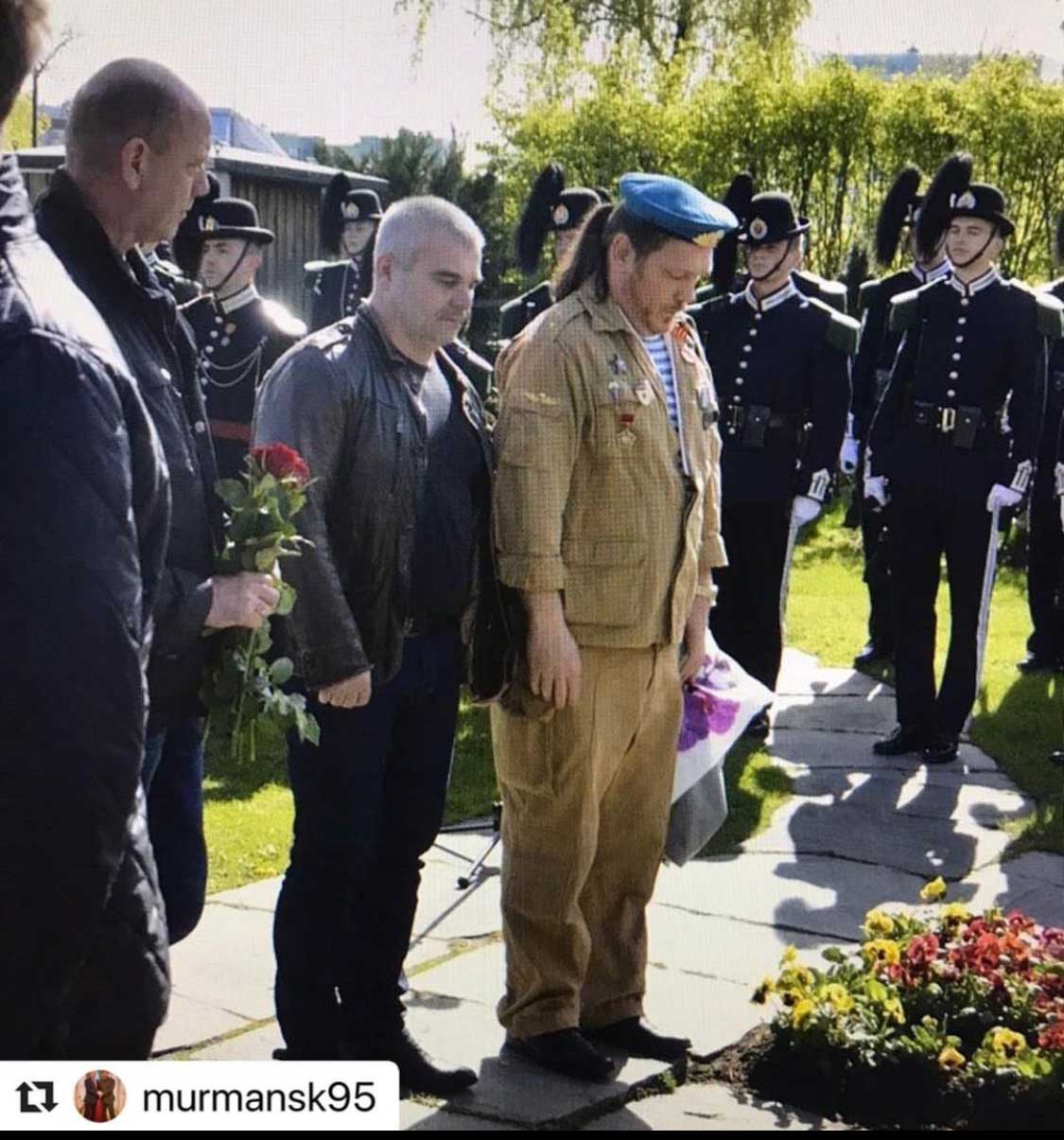
The Instagram account also reveals a lot about Asaev’s contacts in Murmansk, his stance on the war against Ukraine and his relationship with Chechen strongman Ramzan Kadyrov. On numerous photos, he can be seen together with leading representatives of Kadyrov’s terror regime.
“The main task of our country is now to complete this eight year long war and achieve full demilitarisation and denazification of Ukraine,” he said in March 2022 in connection with a meeting with the People’s Front in Murmansk.
According to the investigation of Systema, the spy-recruiter from the Russian Geographical Society was accompanied by a Russian man of Caucasian origin.
The two were not only offering money for taking photos of military installations in northern Norway. They reportedly also requested information about two Moslem men from a former Soviet republic, that had announced same-sex marriage.
“I do not want to talk with journalists,” Aslambek Asaev underlined when the Barents Observer contacted him by telephone to ask about his possible involvement in the spy-recruitment.
Link to Parliament
Sergei Goncharov and his people in the Geographical Society has cooperated not only with locals from northern Norway. The projects on partisan history were supported by the Federation Council, the upper chamber in the Russian parliament, and its representative from Murmansk, Senator Igor Chernyshenko.
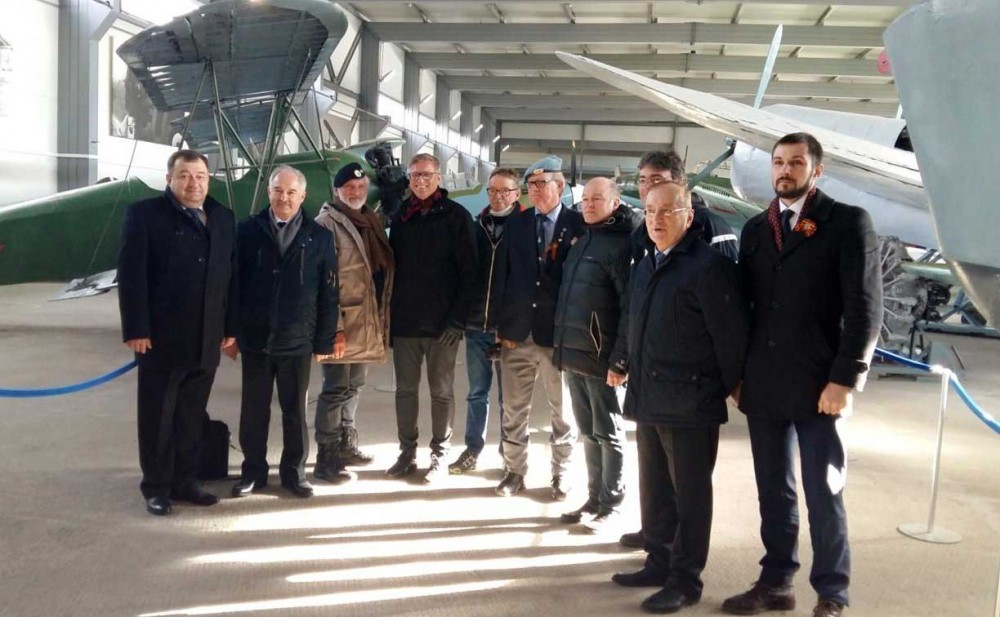
At the time, Goncharov was Chermyshenko’s adviser. The Russian legislators reached out to the Storting, the Norwegian parliament, and a Norwegian-Russian Friendship Association was established. A meeting was arranged in Vardø in 2017, funded with money from the Barents Secretariat. Present was Sergei Goncharov together with Senator Igor Chernyshenko and a few members of parliament elected from the Finnmark region. A schedule for future meetings was approved.
Member of Storting from the Finnmark region from 2017, Runar Sjåstad, later became head the Norwegian part of the association.
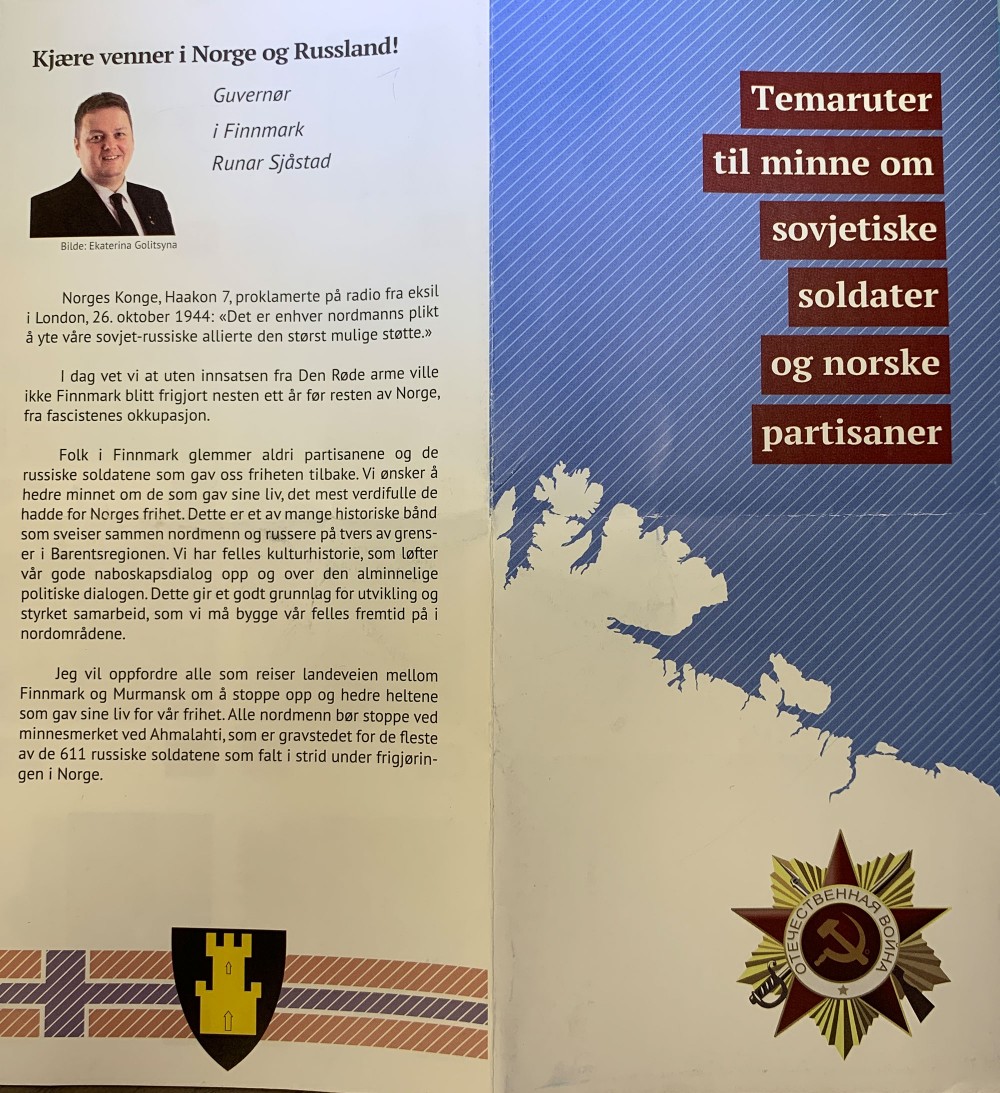
In a leaflet published by the Russian and Norwegian partners, Sjåstad highlights “the many historical bonds that connect Norwegians and Russians.”
“We have a common cultural history that helps lift our good neighbourly dialogue to a level above the political dialogue,” the MP wrote.
The leaflet’s design and layout is made by Yekaterina Goncharova, Sergei’s wife, and his email address is included as contact information.
In a comment to the Barents Observer, Sjåstad explains that the leaflet was made before he was elected to the Storting, when he was County Governor of Finnmark
According to Sjåstad, there was only one meeting between the Norwegian and Russian legislators during his time as leader of the bilateral cooperation. It was held digitally in 2018, and the Norwegian Police Security Service was consulted in advance.
He also underlines that he has never been contacted by people from the Russian Geographical Society. Although he does not exclude that he, without his knowledge, could have encountered representatives of the organisation during his tenure as Finnmark Governor.
What concerns the Russian Geographical Society, I have never been contacted by anyone from there.”
– Runar Sjåstad –
Sjåstad also distances himself the partisan projects.
“During my tenure as County Governor I was requested to provide a greeting for a leaflet of war memorials on the Norwegian and Russian sides together with then Murmansk Governor Marina Kovtun. I never participated in any of their events, except two ceremonies in Kiberg,” he says to the Barents Observer.
In the Kiberg ceremonies were also several more Norwegian officials, among them the local chief of police, he explains.
The culmination of the cooperation came in October 2019 when a big event was organised in Kirkenes in connection with the 75 year anniversary of Soviet liberation of the Norwegian border town. On site from the Norwegian side were the King, prime minister and foreign minister, and from the Russian – foreign minister Sergei Lavrov and Northern Fleet commander Aleksandr Moiseev, and several more dignitary guests.
On site was also Sergei Goncharov, who laid down a wreath by the local war memorial together with Remi Strand.
In 2022, six days before Russia’s full-scale war against Ukraine, Remi Strand applied for more Barents funding for the Norwegian-Russian friendship association between parliamentarians. The plan was for them to again meet in Vardø. Strand writes in his application that contacts with the Russian side go via Sergei Goncharov, while Runar Sjåstad heads the Norwegian side of the association.
The application was turned down. Moscow had started the largest war in Europe since 1945 …
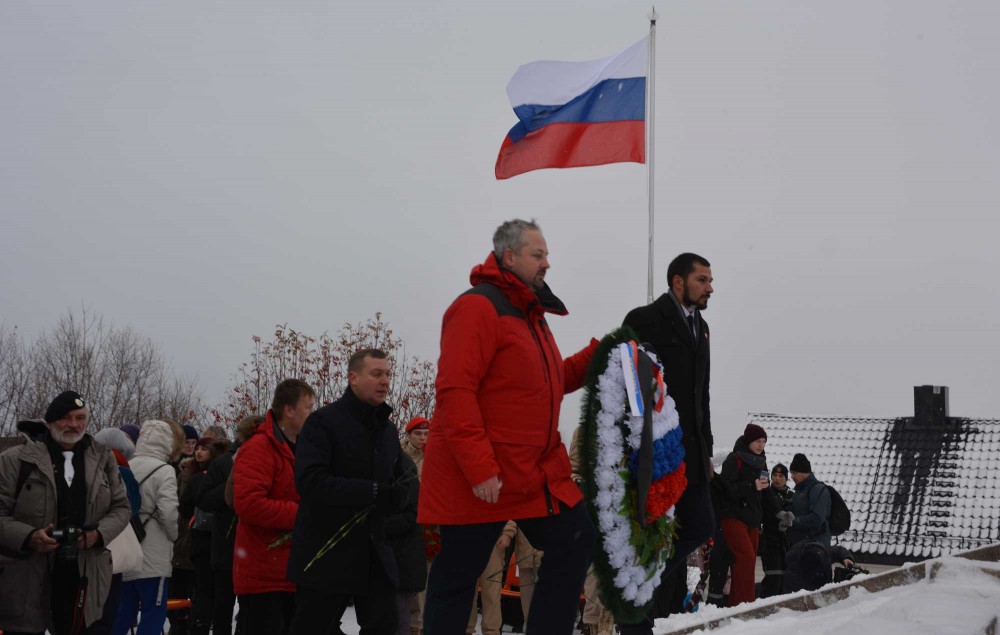
Subsea research
In 2015, the Geographical Society established a dedicated Centre for Underwater Research. The centre is cooperating with both the Navy and the Malakhit Marine Engineering Bureau, the designers of nuclear submarines like the Yasen class, but also small submersibles for intelligence collections.
The powerful Northern Fleet and its headquarters in Severomorsk is a main partner for the Geographical Society’s expeditions in Arctic waters that includes underwater searches.
Goncharov’s interest for subsea research was formally introduced to his Norwegian partners in 2021. As the pandemic hindered cross-border travels, an online conference was arranged in connection with the Eastern Economic Forum in Vladivostok. Vardø’s Remi Strand and other Norwegians supported the idea of joint projects in the fields of environmental protection and underwater research in Arctic waters. A pre-project agreement was then signed.
Norway is world leader in underwater technology. First and foremost in offshore petroleum industry, but also in remote environmental monitoring.
In 2014, the Geographical Society reached out to the maritime research and consultancy company Akvaplan-niva, a frontrunner in collecting subsea data, including near Norway’s offshore petroleum facilities. Autonomous vehicles (gliders) for surface and seafloor are some the high-tech used by the company to collect environmental data, of which some are transmitted in real-time via satellite communication.
Only few days after Russian troops annexed the Crimea, Akvaplan-niva made the first agreeement with the Geographical Society.
In September the same year, a more formal protocol was signed in Moscow about conference cooperation. Akvaplan-niva is one of the organisers of Arctic Frontiers, the annual Arctic conference in Tromsø, Norway. The Geographical Society was at the time the organiser of the major bi-annual Russian conference on the Arctic, the Arctic Forum.
Instrumental in the cooperation was Salve Dahle and Alexei Bambulyak. Dahle was the director while Bambulyak headed Akvaplan-niva’s work on Russia.
Following the signing, Salve Dahle admitted to newspaper Nordlys that the agreement with the Geographical Society amid the Ukraine conflict was rather extraordinary.
“But perhaps this is precisely why it will be useful to have such a channel for closer cooperation on developments in Northern regions. Closing all doors will hardly benefit anyone,” he said.
“A more practical outcome of this agreement was organising of the Arctic Frontiers Student Forum,” Alexei Bambulyak explains to the Barents Observer.
Salve Dahle confirms to the Barents Observer that students from Russia were selected by the Geographical Society, but he does not remember Goncharov being involved in any of the processes. Dahle underlines that all work done by Akvaplan-niva for Arctic Frontier’s cooperation with the Geographical Society happen in full understanding with Norwegian authorities.
“The Norwegian embassy in Moscow participated in the ceremony where the lucky candidates were selected, and the embassy invited the representatives from the Geographical Society and the Arctic Frontiers to the embassy for a reception afterwards,” Dahle says.
From Murmansk, Sergei Goncharov was in position to chose which students to send to Norway. Like in the other projects, costs were covered by the Norwegian Barents Secretariat. The last ten selected Russian students participated in Tromsø in January 2020. Later that same year, the Norwegian Police Security Service (PST) warned that foreign intelligence officers are likely to be among the participants, seeking to cultivate contacts.
Alexei Bambulyak says questions about subsea technology, to his knowledge, were not brought up at any of the meetings. That also go for the webinars held by Sergei Goncharov and others with the Geographical Society’s Murmansk branch in cooperation with their partners in Vardø. “I attended those environmental research sessions only,” he says.
Sub-sea technology issues were not in the agenda there, but I don’t know whether such questions were raised during other sessions.
– Alexei Bambulyak –
Bambulyak makes clear that Akvaplan-niva suspended all cooperation with Russian Geographical Society and other Russian institutions after the all-out war against Ukraine.
“Peace partners”
Goncharov also reached out to several more Norwegian organisations. In 2016, the Geographical Society established a cooperation with the Fram Museum in Oslo. Together, the two organisations that same year organised an exhibition on Russian-Norwegian polar photographs in St.Petersburg.
Following the exhibition, the Fram Museum was even awarded the prize ‘Peace Profile of the Month’ by The Norwegian Peace Council. According to the Council, the Fram Museum had helped lower tensions between the countries.
“In a time with few political contact points it is of extra significance that Norwegian civilian stakeholders manage to establish good connections and a cooperation with Russia that contribute to the reduction of the rhetoric of fear and various enemy images that lately have become more prevalent in the political establishment,” the Peace Council explained in a statement.
The Fram Museum expressed gratitude. “We’re proud and grateful for having been declared Peace Profile of the Month by The Norwegian Peace Council! the museum management said on its website. The statement included a photo of Sergei Goncharov.
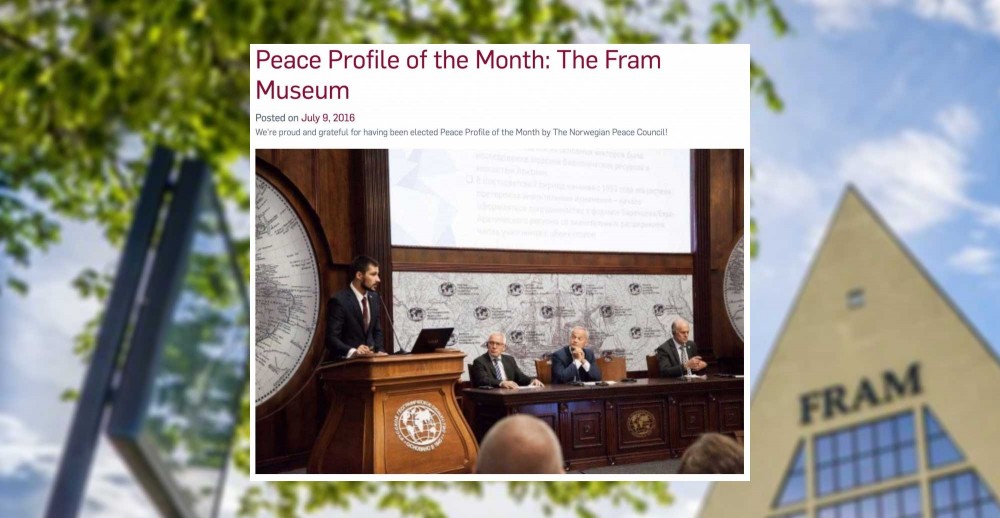
Goncharov apparently also sought to establish contact with the Fridtjof Nansen Institute (FNI). During a visit to Oslo in February 2020, both he and Remi Strand went to the institute museum at Polhøgda, Oslo, where they met with Head of the FNI Iver B. Neumann.
A post of the Facebook page of the Vardøhus Museum shows how Goncharov and Strand are posing in the room where artefacts from Fridtjof Nansen and his expeditions are kept.
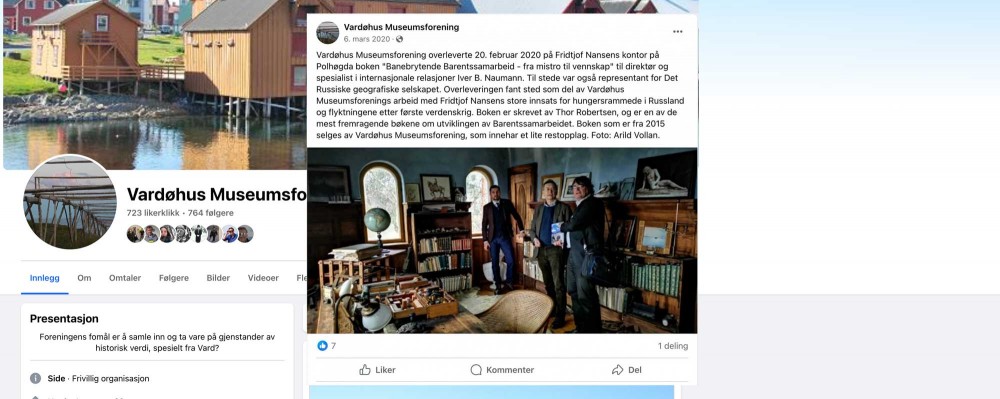
FNI Director Iver B. Neumann today says he hardly remembers the meeting.
Akerhus Fortress
Ahead of the same visit to Oslo, Sergei Goncharov and Remi Strand reached out to the Norwegian Federation of Military Veteran Associations, the organisation that the two men had invited to the so-called Partisan Memorial Tours from Murmansk to Vardø since 2017. In March 2020, a seminar was arranged by the Norwegian veteran organisation in the premises of the Norwegian Armed Forces Museum at Akershus Fortress.
Goncharov gave a presentation about the so-called Petsamo-Kirkenes Operation in October 1944 and highlighted how the Red Army liberated East Finnmark as the first part of Norway being freed from Nazi German occupation.
Since 2019, the Norwegian Armed Forces Museums and the Partisan Museum in Kiberg, a village located near Vardø, had a cooperation agreement. The Barents Observer has been informed that this agreement was terminated with immediate effect in 2023 when it became known that the Partisan Museum continued to arrange joint events with people connected to Russian authorities.
Teaming with journalists
Sergei Goncharov also reached out to Norwegian journalists and was on several occasions invited to events organised by Barents Press, the cross-border media network. During the annual assembly of Barents Press in Murmansk in 2018, Goncharov gave a presentation of his project activities to journalists.
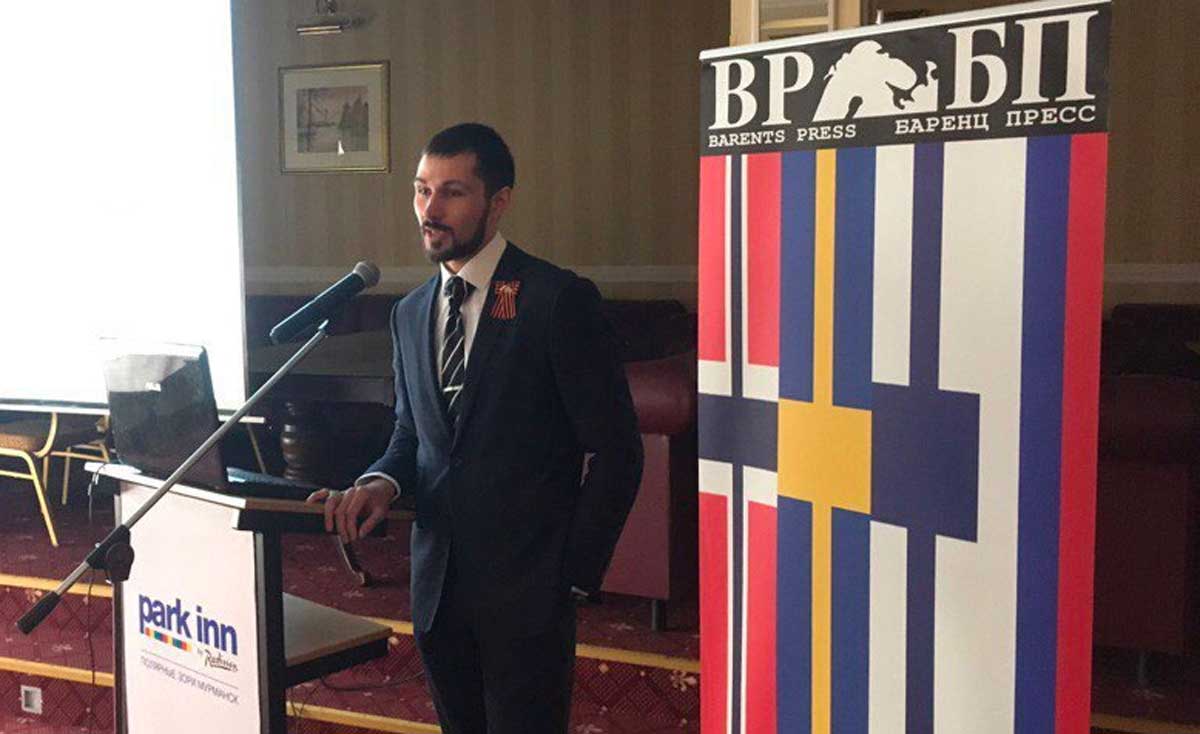
In October 2019, Goncharov and Strand brought with them a group of Norwegian journalists and traveled in the 1944 footsteps of the Red Army from the Litsa frontline to the Norwegian border town Kirkenes.
The Geographical Society was in charge of the propaganda telling.
Lars West Johnsen, editor of newspaper Dagsavisen, was part of the group that met Goncharov.
“He struck me as a very cold, official person with a good network in Norway. He was some kind of project leader on the Russian side for the liberation anniversary, but we didn’t fully understood his role or who he represented,” Johnsen says to the Barents Observer.
“The veil of mystery surrounding him led us to joke that he actually represented the FSB. We had no actual basis for saying that, but looking back today with the gloomy development over the past few years in mind, I think about this with greater seriousness.”
Among the people Goncharov introduced the Norwegian journalists to in Murmansk was Gennady Gurylev, the former KGB leader.
“Quite spectacular”
Kari Aga Myklebost is professor in Russian studies and history with UiT The Arctic University of Norway. She says to the Barents Observer it is well known from other European countries that Russian intelligence works to recruit among the Russian diaspora.
“Recent studies in Sweden have revealed how Chechen exile communities are targeted,” she says.
This case from Norway is quite spectacular, as it highlights how the Barents cooperation framework, intended for cross-border civil society collaboration, has been infiltrated by Russian intelligence and security actors over the last decade.
– Kari Aga Myklebost –
The Tromsø-based professor, that is doing in-depth research on Norwegian-Russian WWII memory diplomacy, says Sergei Goncharov and the Russian Geographical Society have instrumentally pushed for partisan and Pomor history collaboration projects with Norwegian partners, apparently well aware of the projects’ emotional appeal on the local Norwegian public.
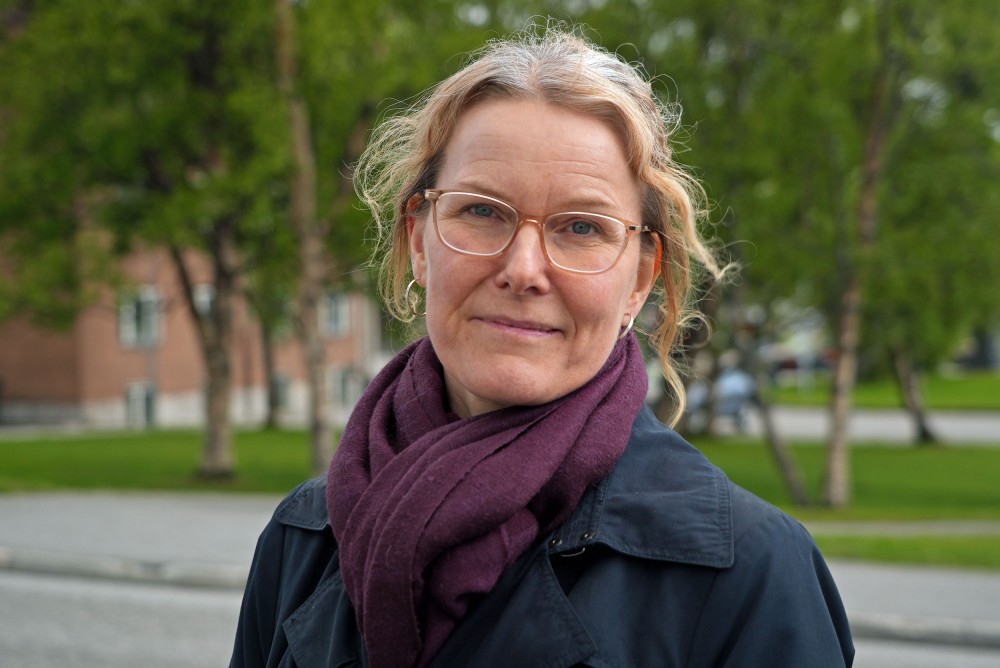
“The collaborative framework of the Barents Region has served as a useful cover for Russian covert activities; suspicion could hardly be raised as all financing has been granted from the Norwegian side.”
Myklebost elaborates:
“The case also clearly shows how Russian intelligence is willing to invest in long-term building of personal networks in Norwegian society, focusing on opinion leaders such as politicians and journalists, as well as key institutions in research and culture. The fact that the case has direct links to the top of Russian politics – the Federation Council and the Russian Geographical Society headed by Putin and now former Minister of Defence Shoigu – is telling of the importance of Norway and in particular the northernmost region as seen from the Kremlin.”
Beyond the Arctic
Sergei Goncharov today continues his service in the Murmansk Government and the Geographical Society. In March 2023, he accompanied Governor Chibis to Armenia.
His appearance at the Russia-Africa Summit in St.Petersburg in 2023 indicates that assignments now reach beyond the Nordics and Arctic.
Still, the Arctic remains a part of Goncharov’s life. In the course of summer and fall 2023, he made several Arctic expeditions, among them to the peninsulas of Sredny and Rybachii and to the Franz Josef Land.
Both expeditions were organised by the Russian Geographical Society together with the Ministry of Defence.
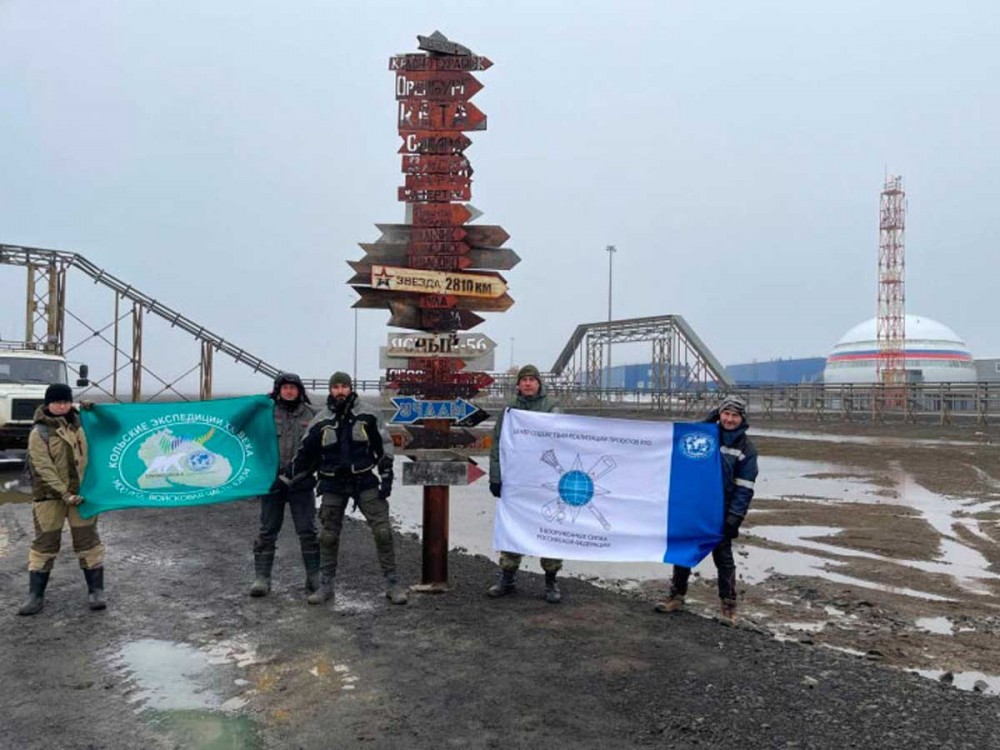
During the latter, he attended an official ceremony for the erection of a large Orthodox cross.
Sergei’s wife Yekaterina took part in both trips. According to the Geographical Society, Yekaterina Goncharova is herself a member of the Society. She reportedly has her background as engineer and programmer and is actively engaged in arts. During an event in the St.Petersburg headquarters of the Geographical Society in late February this year, she had several of her paintings on display.
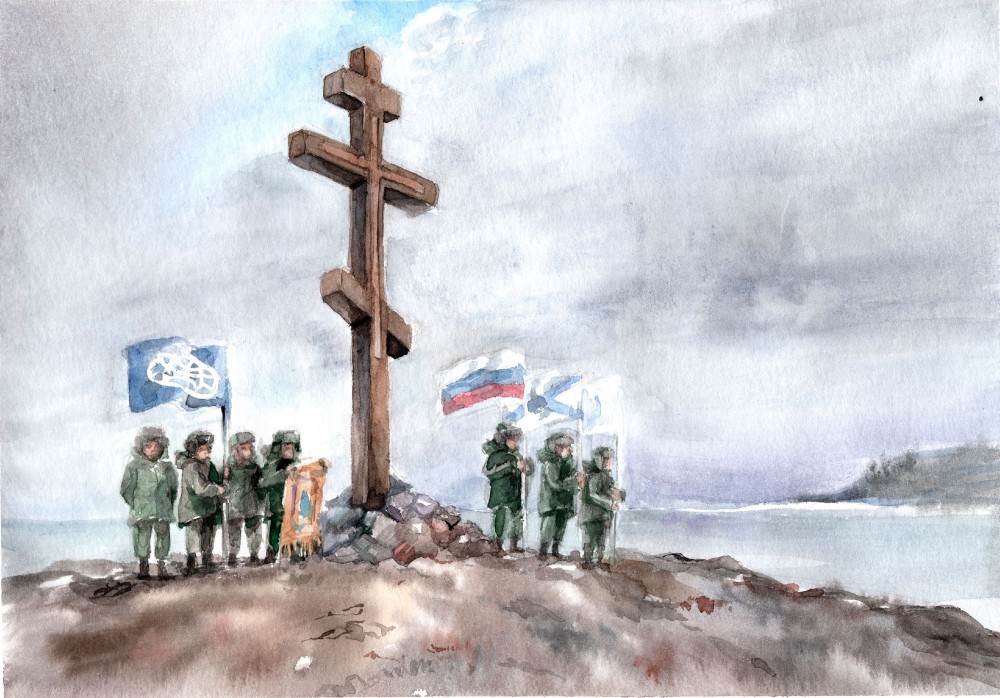
Since (former) Defence Minister Sergei Shoigy was appointed President of the Geographical Society, the organisation has boosted its power and influence, both in Russia and abroad. The organisation now reportedly has more than 23 thousand members.
And many of them are based in other countries, the Society informs.
Located in Kirkenes, Norway, just a few kilometres from the borders to Russia and Finland, the Barents Observer is dedicated to cross-border journalism in Scandinavia, Russia and the wider Arctic.
As a non-profit stock company that is fully owned by its reporters, its editorial decisions are free of regional, national or private-sector influence. It has been a partner to ABJ and its predecessors since 2016.